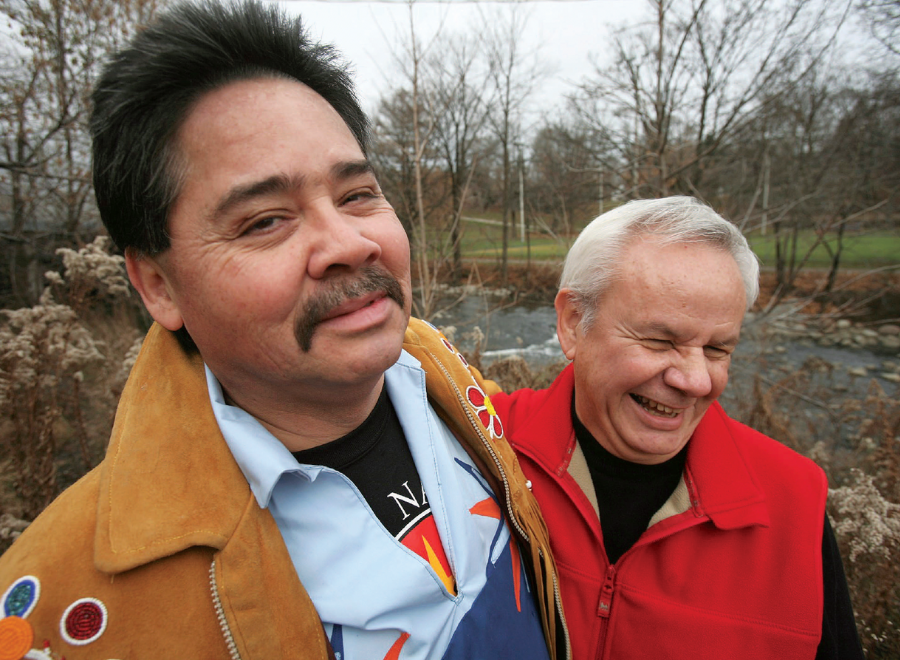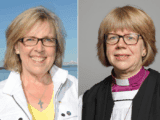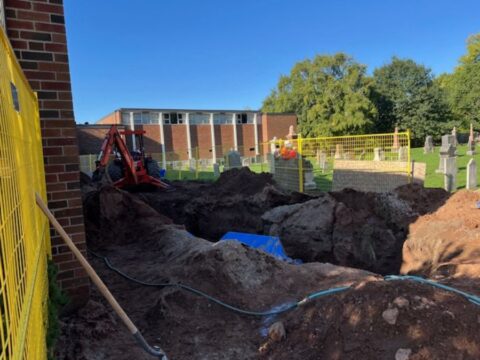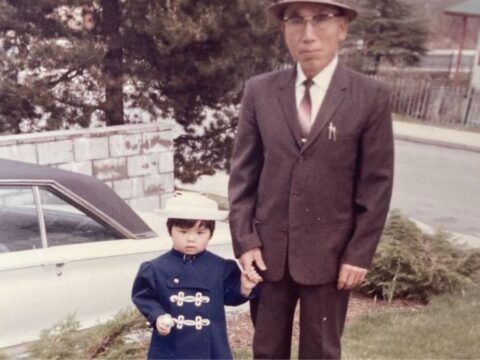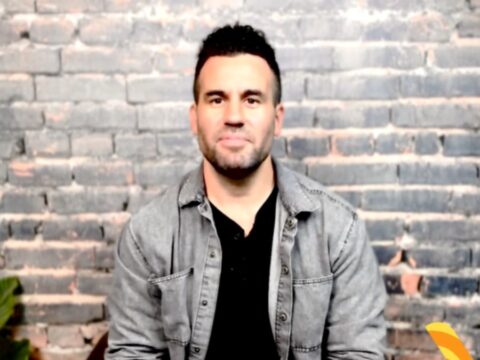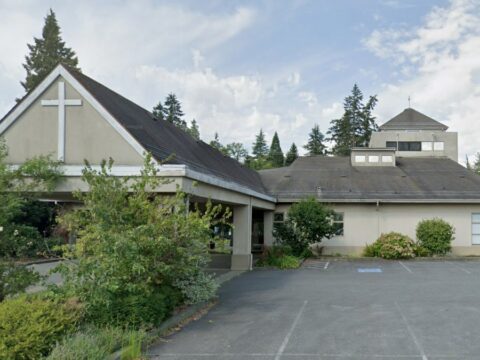The United Church is putting a much bigger piece of the General Council budget into healing and building right relations with First Nations peoples, and will consider changing its constitution and crest to reflect the Indigenous impact.
At its November meeting in Quebec City, the General Council Executive voted to create an Aboriginal Ministries Council that will bring together Native ministries in the church. It will be backed by an Aboriginal Ministries Circle staff group with seven full-time jobs at the General Council office — including one at the General Council Minister level — and an annual budget of $1.3 million.
You may unsubscribe from any of our newsletters at any time.
The executive is also asking this summer’s General Council to revise the United Church’s Basis of Union “to include First Peoples as a significant component and signatory to the constitution of The United Church of Canada” and to change the United Church crest “to recognize that The United Church of Canada is built upon Aboriginal heritage and territory.”
Rev. Allan Sinclair, who co-chaired the steering committee that met for two years and brought the proposal to the Executive, called the decisions “history making.” He quoted the late Art Solomon, the Native elder who told the church to “Get real or get lost” when it made its first apology 22 years ago. Said Sinclair, “I guess this proves the United Church is getting real.”
Very Rev. Stan McKay, the church’s only Indigenous moderator (elected in 1992) and a resource person for the steering committee, said in an interview that the new structure is “not necessarily a single action that will answer our relationship situation . . . but makes room for diversity in the United Church.”
As a working unit of the General Council office, the Aboriginal Ministries Circle will join 10 existing units. Most handle administration or programs, but the French Ministries and Ethnic Ministries units serve specific constituencies in the church, as would the new Aboriginal Ministries group. The General Council Minister position, though, would give the Circle its own representative on the senior leadership team.
The United Church made the first big change in the way it relates to Indigenous ministries 20 years ago when it formed the All Native Circle Conference with 34 pastoral charges in Ontario,
Quebec, Alberta, Saskatchewan and Manitoba. Another 16 Indigenous ministry charges are in Conferences outside the ANCC. Indigenous outreach ministries, Indigenous theological schools and Indigenous people outside the church also help work on right relations projects.The Aboriginal Ministries Council will include representatives of all those groups. Members named by the General Council’s nominations committee will hold their meeting next spring. A National Aboriginal Spiritual Gathering will determine the Council’s exact mandate at a meeting next June and will meet every three years thereafter.
As for the staff positions, three are already in the church budget and part of the General Council office’s current structure; four additional positions include a program assistant, a youth leadership co-ordinator and two community capacity development co-ordinators.
There are still plenty of questions about exactly how the Aboriginal Ministries Council will work and how the Aboriginal Ministries Circle will fit into the General Council’s staff structure. But the Executive decided to move ahead and work out details along the way.
Rev. Heather Burton, who co-chaired the sessional committee considering the proposal, says, “We kind of needed to get out of our WASP mindset and embrace a different process.” Steering committee member Rev. Lee Claus demonstrated that shift in thinking to the sessional committee by passing an eagle feather among the group, allowing people to speak freely and openly, in a circle.
“The circle is much more of a sacred process, as opposed to a conversation where people say what they want to say when they want to say it,” says Kim Uyede-Kai, General Council Minister for racial justice and gender justice, who provided staff support for the steering committee. “It’s more of a movement of the Spirit around the circle.” The process, she said, let Executive members express fears and concerns.
When the sessional committee brought its recommendations back to the full Executive, though, more concerns surfaced. One Executive member said the process felt rushed, another that the work of right relations belonged to the full General Council, and it should deal with the proposal.
Rev. Carmen Lansdowne, a minister and First Nations person who is the General Council’s representative to the World Council of Churches, urged her fellow Executive members to approve the new structure.
“You want us to help build right relations with you. And after 20 years, we come to you and say, ‘This is what we need from you.’ We can’t move ahead without the infrastructure.”
There were also questions about how the new structure would fit into the existing work of becoming an intercultural church — another stated priority. “The more the merrier,” said francophone constituency representative Rev. Stéphane Vermette in response to the intercultural question, adding, “The elephant in the room is the question of trust and money.”
The Executive was told that the money — $250,000 to get started in 2009 — would come from $1 million set aside in the 2009 budget for “emergent work.” On the question of trust, Jim Blanchard expressed amazement that “the Aboriginal church will have anything to do with us” given the church’s history. He urged fellow Executive members to “be brave enough to show leadership rather than to fear what people will think of us.” The motion, carried unanimously, also asks the General Council to make six members of the Aboriginal Ministries Council voting members of the General Council Executive; and to set aside “a significant block of time . . . for mutual healing and right relations.”
Lee Claus told the Executive that reaching right relations and healing means “some of us may have to change more than we want.” For the Executive, it was time to begin. “We need to stop apologizing and start living,” said Heather Burton. “That’s what the First Nations people told us…. They don’t need things done for them. They need to take hold of their own journey of healing.”
***
This story first appeared in The United Church Observer’s January 2009 issue with the title “Stop apologizing.”

